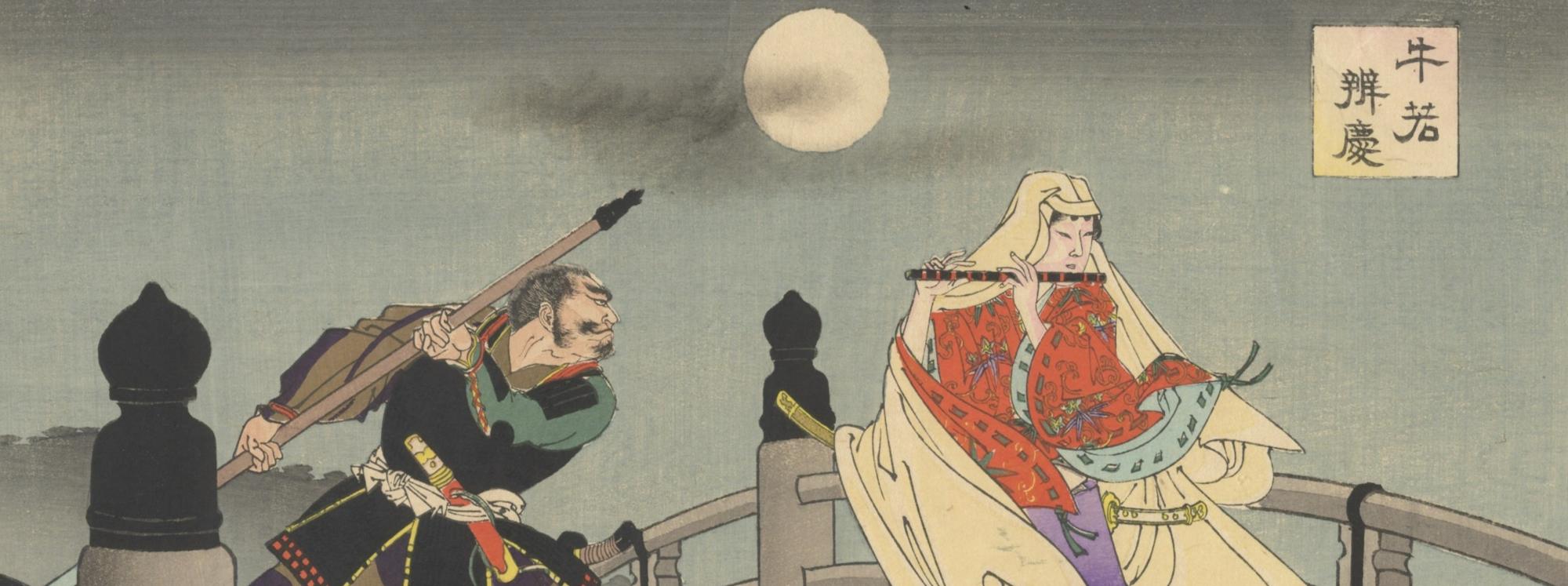
News
Woodblock printing – an overview
Posted On: 02 Aug 2021 to Japanese Woodblock Prints, EducationQuick summary on the making of Japanese woodblock prints.

Many of the visitors who come to the Japanese Gallery Kensington are surprised to hear that all of our stock consists of original artwork and that the bulk of it is antique. Considering that we mostly carry works on paper, this is not surprising.
Due to the materials that are used to produce woodblock prints, they are much more durable and longer-lasting than artwork that is printed on Western paper. The materials used in the production also contribute to the uniqueness of these already hand-printed items.
Here is a summary of the materials that were used by master printers in the past and that continue to be used by contemporary woodblock print artists today with minor variations due to advancing time:
-
Japanese washi paper (mulberry tree paper)
-
A separate carved cherry woodblock for each colour to be printed
-
A barren. A round disc with a handle that is used to press the paper to the woodblock to facilitate the colour transfer
-
Nori (rice glue)
-
Powdered pigment
-
Water
The paper needs to be damp in order for the printing to happen correctly and the pigment needs to be mixed with nori glue and water. The resulting liquid colour is spread on the block of wood, onto which the damp paper is then pressed.
Next, the barren needs to be moved across the paper in circular motion with regular pressure. This takes a surprising amount of strength to carry out properly. Once the printing is done, the paper can carefully be detached from the block of wood and the process can be repeated with the next carved woodblock and corresponding colour. This goes on until the print is completed and can be left to dry.
View items at Japanese Gallery woodblock prints collection.
